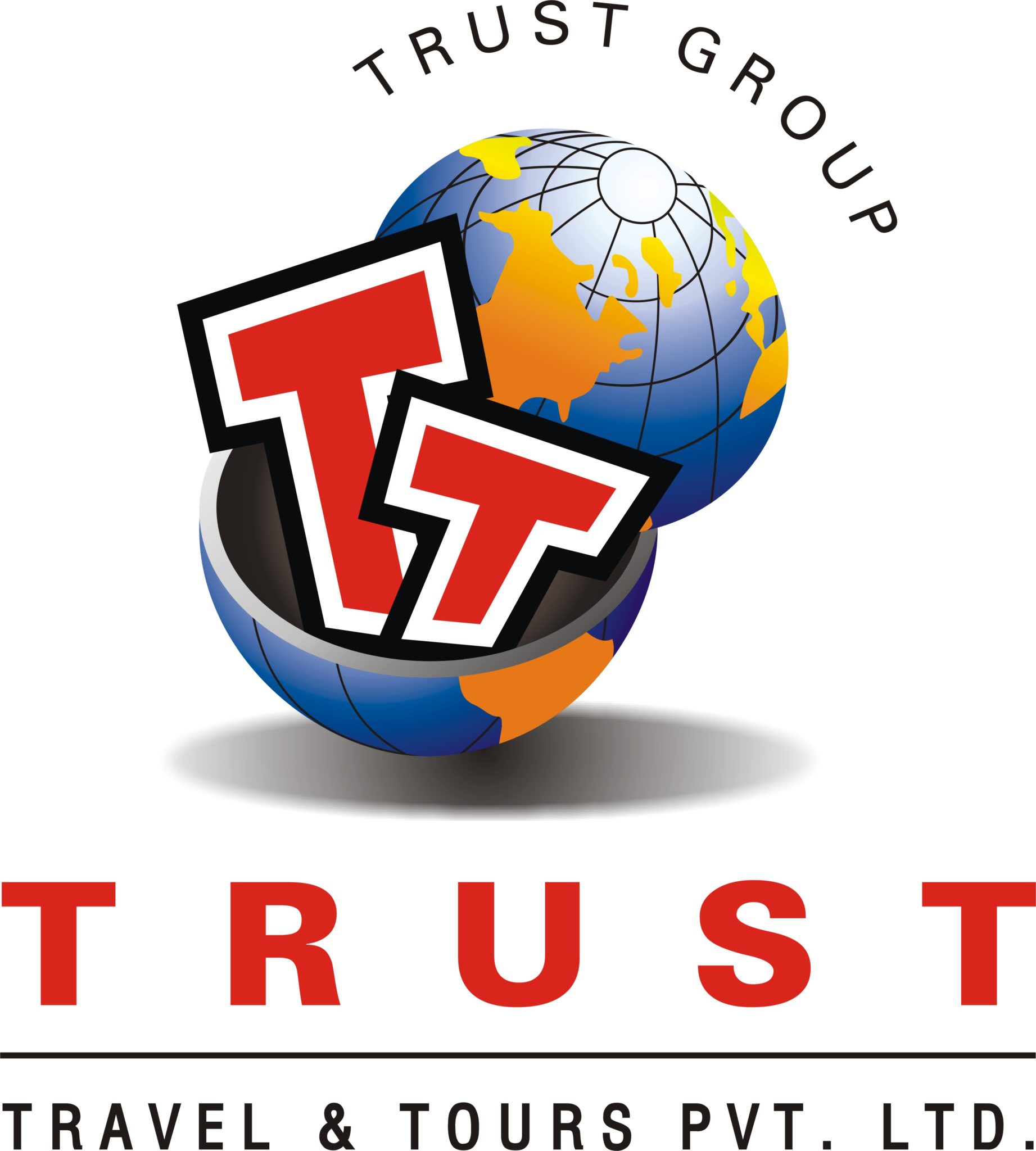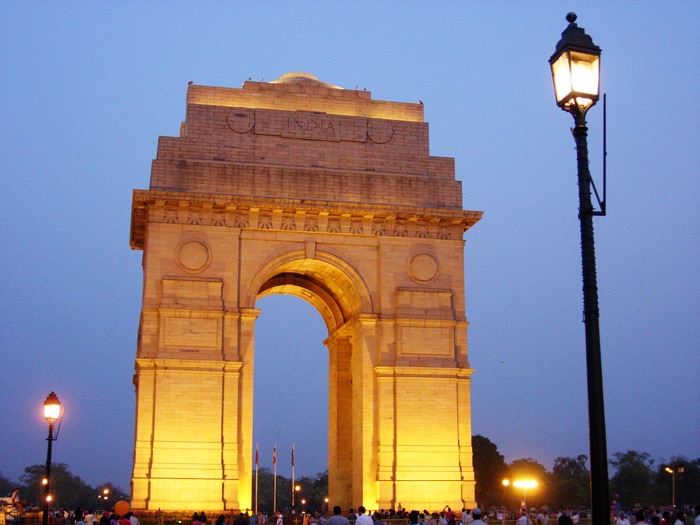How to Book an Airline Ticket
Booking an airline ticket can seem complicated when there are so many websites, airlines, and travel agents to choose from. Flight prices also fluctuate all the time, making the booking process even more complicated. But with some research and flexibility, you’ll be able to book your next airline ticket seamlessly.
1.Decide where you are going
Depending on your trip, you may have some flexibility in terms of your exact location. Do some research to find the perfect destination for you.
2.Decide when you are going
With your fellow travelers, decide when you are going on your trip and for how long. The more flexible you are with your dates, the easier it will be to find a deal.
- If your dates are not flexible or if your trip is coming up very soon, it’s best to book as soon as possible. This is especially important if you are flying during a popular period, like Thanksgiving
3. Check if you need visas or vaccinations
Some international destinations will require visitors to have special visas to come to their country or get vaccinations ahead of time. Include this in your research so you have time to make arrangements, apply for any visas and schedule travel vaccination appointments.
4.Consider who and what you’re traveling with
If you’re traveling with an infant, depending on the flight carrier, you may not need to buy a separate seat for the child. However, traveling with a baby may also mean that you will need to pack extra things like a diaper bag, playpen or stroller.
5.Look for flights in advance
The best time to book a domestic flight is between 112 and 21 days before you depart to secure the lowest fare. 54 days before is considered the perfect time. However, even booking 54 days before your trip is not guaranteed to get you the lowest fare.
6. Check airfare deal websites
Before booking, scan an airfare deal website, like Airfare Watch Dog, for sales. This is especially helpful if your destination or trip dates are flexible so you can take advantage of any deals.
- Airlines sometimes share sales with their customers through their websites or newsletters. You can subscribe to the newsletters of your top airlines or visit their sites to search for deals.
Related post: How To Become Air Ticket Booking Agent
7. Enter your trip details on an aggregator site
Visit an aggregator website that searches multiple airlines, like Skyscanner, Momondo or GoogleFlights, and enter your trip information. The website will be able to show you lots of flight options for your requested destination and dates that you can sort by price, airline or length of trip.
- Many aggregator sites will allow you to enter multiple destinations and search flights on multiple dates. This will help you find the best deal if your trip is flexible.
- If you have time, check a few aggregator websites. Some sites may advertise different prices so it’s good to check around and ensure you’re getting the best deal.
8.Choose how many stops you want to make
Many flights, especially to far away locations, will require you to make stopovers at airports along the way. Sometimes these will involve changing planes and going through security again. As you look at flights, remember to keep in mind how many stops you are comfortable making. Also, check how long and what time of day the stops are.
- You may be able to find a cheaper flight if you’re comfortable adding an extra stopover. However, it’s important to take into account if the length and time of the stopover are worth the money you will save.
9.Click through to the airline’s website
Once you have found the best trip, select it on the aggregator site and move to the airline’s direct website to book your tickets. Some aggregators allow you to book the ticket through their website, but there may be an additional service fee.
10.Choose your seat.
Many airlines will allow you to choose your seat at your time of booking. Ensure you choose seats for all of the passengers that you’re booking airline tickets for. You can select to sit together, if there is space for your party, and whether you want an aisle, window or middle seat. You may also be able to select seat upgrades, like extra legroom, for an additional cost.
- If your airline does not allow you to select your seat at the time of booking, you may be able to do it when you check in. If you have a specific seat preference or need to sit with your travel companions.
11.Choose to add insurance or not
During the booking process, you may also be prompted to add insurance. Read the fine print and decide whether or not your flight and trip require insurance.
- You might be covered by insurance through your work, healthcare or credit card. It’s a good idea to look into these options and compare costs if you want to add insurance coverage for your trip.
12.Book your ticket!
On the airline’s website, confirm that all of your trip information is correct. Then follow the prompts to enter your personal and payment information to finish booking your tickets. You may also need the personal information of anyone else flying with you.
13. Collect all of your trip information
From your research, establish your trip destination and dates, even if these are flexible. Also, make sure you have your payment information and the personal information for yourself and your fellow travelers on hand. For example, you may need to know all of the travelers’ birthdates and passport numbers.
14. Find a reputable travel agent
Ask your friends and family for recommendations if you haven’t worked with a travel agent before. If you can’t get a personal recommendation, search online for a travel agency with good reviews.
15. Meet with your travel agent in person or over the phone
Depending on the travel agency, you may be able to go in-person or you may work with someone over the phone. Ensure your travel agent is knowledgeable, friendly and service-oriented. They should be able to answer all of your questions and have experience booking similar trips to the one you want to go on.
16.Give your travel agent your trip information
Provide your travel agent with the destination and dates of your trip. If you are flexible with nearby destinations, multiple stopovers or similar dates, ensure you tell your travel agent that information.
- Also, let your travel agent know about your preferences and any required accommodations. You can tell them your seating preference, such as aisle or window if you need special accommodations, like a wheelchair, if you’re interested in purchasing add-ons, like hotel stays and car rentals, and if you need to purchase insurance.
17.Book your ticket!
After receiving your information, your travel agent will present you with some flight options for your trip. Select the best option for you and continue speaking with your travel agent to finish booking your airline tickets. The agent will need your personal and payment information.
Source: Wikihow


 TAFI Certified
TAFI Certified








